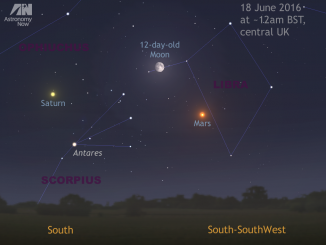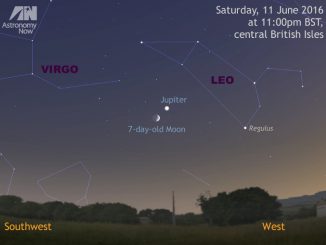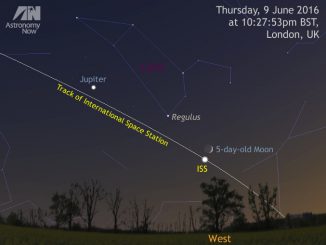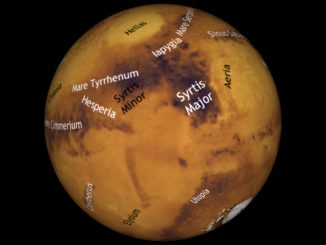
See Mars before it gets too distant, lost in the dusk twilight
Mars lies highest in the sky to the south soon after sunset at the beginning of July for observers in the UK, so you should not waste any opportunities to view the Red Planet while it is close and still relatively large in size. Tharsis, the great Martian volcanic plateau that is home to the largest volcanoes in the solar system, is turned toward Earth in the first week of the month.









